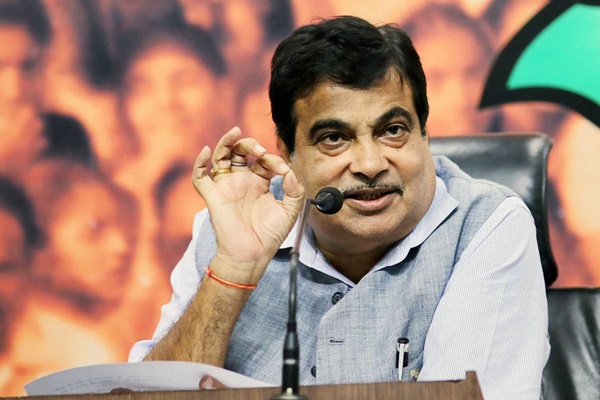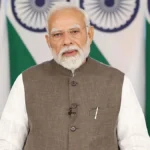
Ambitious Cost-Cut Target
India’s Road Transport and Highways Minister, Nitin Gadkari, declared a bold milestone: reducing the country’s logistics expenses to just 9 percent of GDP by the end of this year. Presently, logistics account for a hefty 14–16 percent of national output, significantly higher than the international benchmarks of 8 percent in China and 12 percent in the US and Europe. Achieving single‑digit logistics costs would dramatically enhance India’s competitiveness, making exports cheaper and businesses more efficient.
Why Logistics Cost Matters
High logistics costs inflate final goods pricing and erode export competitiveness. Bringing costs down to around 9 percent comparable with developed nations could cut supply‑chain expenses by nearly half. For context, estimates by NCAER place India’s logistics cost between 7.8 percent and 8.9 percent in 2021–22, suggesting the proposed target is both ambitious and grounded in recent data.
Infrastructure as the Game‑Changer
Gadkari highlighted several strategic projects under construction:
- Expressways like Delhi–Mumbai (12 hrs drive), Chennai–Bengaluru (2 hrs), Delhi–Jaipur (2 hrs), and Delhi–Dehradun (2 hrs) will drastically cut travel time.
- The Dedicated Freight Corridors (Eastern and Western) are expediting rail logistics and decongesting roadways.
- The Bharatmala and Multimodal Logistics Parks (MMLPs) schemes aim to integrate roads, rails, waterways, and ports, reducing both time and costs.
These infrastructure thrusts, backed by initiatives like PM GatiShakti and the National Logistics Policy, intend to provide seamless, multimodal connectivity.
Smart, Green Highways and Materials
Gadkari emphasized sustainability: highways built with crop‑waste, recycled plastics, and rubber reduce bitumen imports and boost eco‑credentials. Additionally, green hydrogen, bio‑CNG, ethanol, and biomass conversion projects are being introduced to lower fuel costs and shrink carbon footprints.
Rural and Coastal Connectivity
Connecting rural India is vital to reducing logistics overheads. The government’s hierarchy of transport modes- waterways, then rail, then roads, and finally aviation pushes for greater usage of inland and coastal water transport, which is far more cost‑effective. The Sagarmala initiative is enhancing port-led development to encourage cheaper maritime freight movement.
Expected Economic Boost
Bringing logistics costs to 9 percent can potentially boost India’s GDP by 1.5× the current level of savings. Lower costs translate into lower consumer prices, stronger export margins, and increased foreign investment, all critical for realizing India’s goal of becoming a $5-trillion economy. The automobile industry and MSMEs are set to be direct beneficiaries through reduced freight costs and faster market reach.
Job Creation and Emission Reduction
Faster highways, expanded freight corridors, and port‑led logistics will also create construction and operational jobs. Meanwhile, transitioning to rail and waterways, along with green highway materials, lends a sustainable edge, helping to reduce vehicular pollution and carbon emissions.
Potential Challenges Ahead
Meeting the 9 percent goal within the year isn’t without hurdles. Projects must overcome land-acquisition issues, ensure timely funding, embrace allied tech integration (like AI‑powered logistics parks), and coordinate across agencies. While past projects like Zoji‑La tunnel showcase savings through innovation and collaboration, sustained momentum is key.
Wrap‑Up
Streamlined connectivity via green highways, freight corridors, waterways, and digital hubs drives the narrative. The anticipated shift to a 9 percent logistics cost by year‑end signals a structural leap for India’s trade efficiency, global competitiveness, and sustainable growth, marking a potential turnaround in the nation’s economic logistics story.




































Leave a Reply